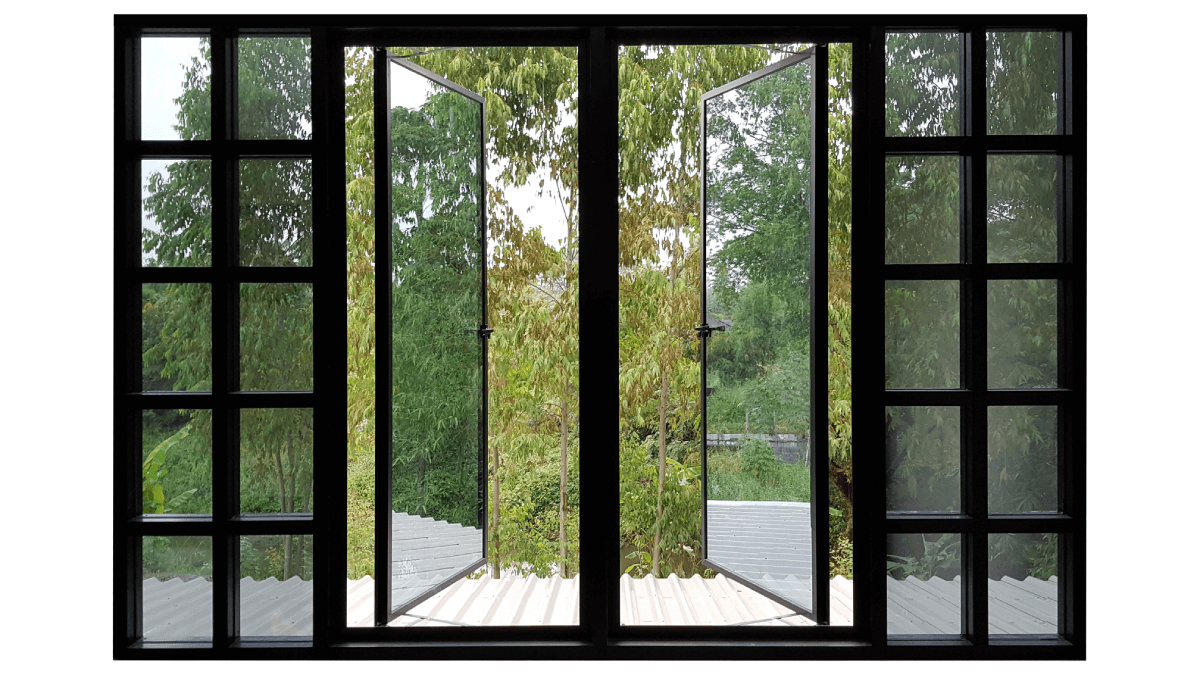All Categories
Featured
Table of Contents
4 Benefits Of Double Glazed Windows In The Summer in Bickley WA
That window can transfer more solar heat in winter season than in summertime. A west-facing window on a summertime's afternoon has an angle of occurrence from near 0 as much as 30 with a large effective location of solar radiation. A north-facing window, in summer, has a high angle of incidence and a low effective area of solar radiation, so can send less heat than a west-facing one.

You can quickly and quickly enhance the thermal performance of your house by replacing your windows. This is among the most efficient approaches of restoration to attain better thermal convenience. There are thousands of types of glass and frames to select from. Selecting the ideal ones is very important to improving the energy performance of your house.
Diy Double Glaze in Innaloo Western Australia
Single glazing with clear glass is not extremely effective when it comes to heat loss or gain. To improve performance, you can utilize single glazing with a more energy-efficient type of glass such as low emissivity (low-e) glass.
The energy efficiency of IGUs also depends on: the properties of each layer of glass. Various glass types (for example, clear and low-e glass) can be put together in an IGU.
Keep Cool This Summer Without Overusing Your Aircon. in Kensington Perth

IGU cavities can be filled with air or a more inert, low-conductivity gas such as argon the width of the cavity. Cavity density is normally 6 to 18mm. Wider cavities provide lower (better) U worths, with 12mm typically accepted as the favored gap how well the cavity is sealed. Cavities must be dry and well sealed to prevent wetness getting in.
If argon is set up to the cavity in place of air, wetness is reliably left out the level of desiccant (drying agent). The spacer (metal or polymer strip) that separates the glass layers contains a desiccant to absorb any wetness. Insufficient desiccant may cause moisture to condense on the glass surface area in cold conditions, minimizing thermal efficiency.
Upvc Double Glazed Windows Australia in Bateman WA
IGUs can provide better energy performance for all environments, specifically in heated and air-conditioned houses. Cross-section detail of single, double and triple-glazing systems Low emissivity glass (commonly called low-e glass) minimizes heat transfer. Low-e glass might be either high or low transmission: High transmission low-e glass has a coating that permits daylight from the sun to pass into your home to accomplish good solar heat gain, however decreases the amount of the long wavelength infrared heat that can leave back through the window.
Low-e glass has either a pyrolytic covering or a vacuum-deposited thin movie metal finish. Pyrolytic coverings are resilient and can be utilized for any glazing; vacuum-deposited coatings are soft and are just utilized within IGUs. Low-e coatings can significantly improve both U value and SHGC; nevertheless, they must be utilized properly or they will either weaken or stop working to carry out as needed.
Why Double Glazing Keeps Your Home Cooler In Summer? in Upper Swan Perth
Low-e finishings can be used in mix with clear, toned or reflective glass. Low-e finishes on glazing can lower heat transfer where needed Image: Department of Market, Science, Energy and Resources Toned glass has colouring additives included during manufacture. It is available in numerous colours, usually bronze, grey, blue and green.
Latest Posts
Diy Double Glaze in Koondoola WA
Glass Selector - Custom Single & Double Glazed ... in Midvale Perth
Does Double Glazing Keep Heat Out in Woodvale Western Australia